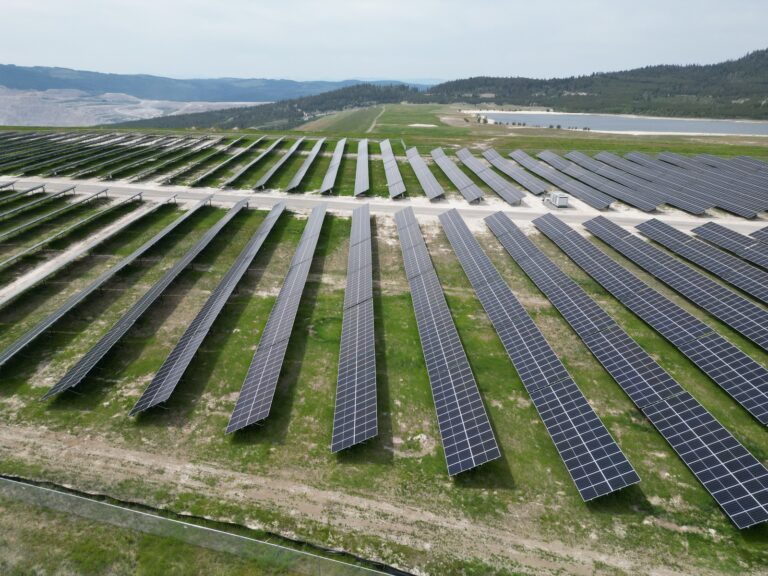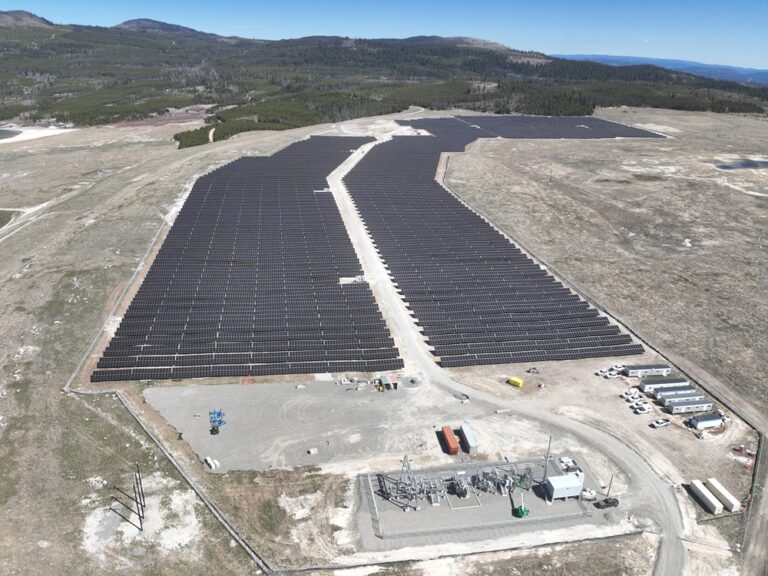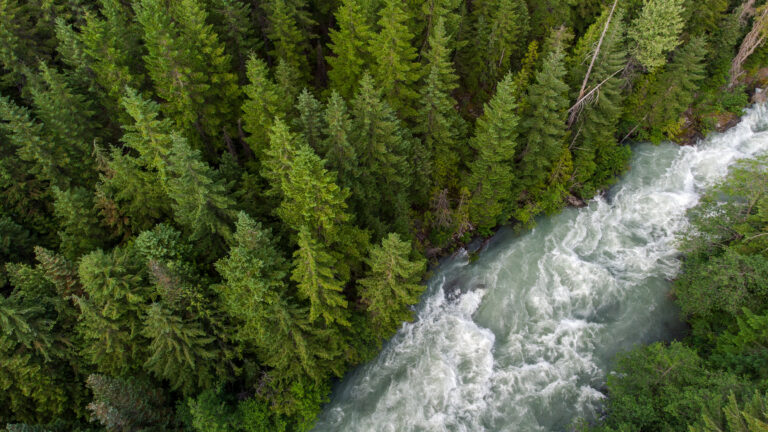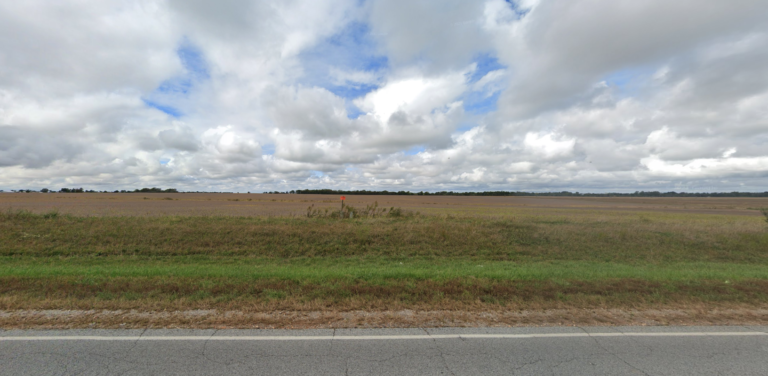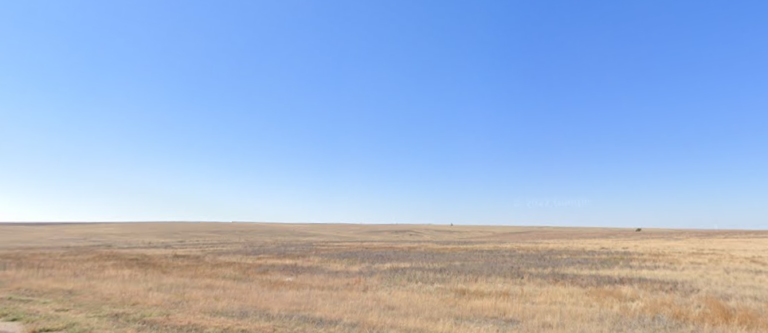Project Location
The Lucky Star I Wind Project is proposed on privately owned and state lands located approximately five miles south of Medicine Bow, Wyoming.
Project Development
With decades of experience, we have a team of internal experts to take projects from conception and make them a reality. Our team works in close consultation with government agencies and key stakeholders to site, build and operate our facilities responsibly. To learn more about our approach to project development, click here.
Development work began on this project in 2017. Since then, we have conducted pre-construction wildlife surveys that are consistent with the U.S. Fish and Wildlife Service Land-based Wind Energy Guidelines and Wyoming Game & Fish recommendations. We have also been meeting with the Wyoming Game and Fish Department and U.S. Fish and Wildlife Service to determine the level of baseline survey information needed. The Project is currently engaged in a NEPA Environmental Assessment with the U.S. Department of Interior Bureau of Land Management and the U.S. Fish and Wildlife Service. The Lucky Star I Project has received a Conditional Use Permit from Albany County as well as State of Wyoming Industrial Siting Approval.
We acquired this project in 2018 from the initial developer, Intermountain Wind, and we are committed to engaging stakeholders in the decision-making process for the project. We believe that trust is the foundation for long-term successful relationships, and we know that trust is only earned over time, by working together with honest and transparent communications.
For more information on the Lucky Star I Wind Project, please email us at projects@bluearth.ca or call 1-844-214-2578.
Project Infrastructure
The Lucky Star Wind Project will include wind turbines, two substations, an operations and maintenance building, electrical collector systems and roads, and a 230kv transmission line to the point of interconnection. In addition, project construction would include road improvements, road construction, and geotechnical investigations and would be followed by construction of foundations, the electric collection systems, and installation of wind turbine generators.
Additional Resources
In May 2023, we invited the public to attend an open house informational meeting to learn more about the Lucky Star Wind Project.
In November 2018, we invited the public to attend open house informational meetings to learn more about the Two Rivers and Lucky Star Wind Projects. Four open houses were hosted, taking place in Rawlins, Rock River, Medicine Bow and Laramie.
Frequently Asked Questions
The Lucky Star Wind Project will benefit the local economy with up to 400 workers during peak construction, 14 full time Operation & Maintenance Technician positions, indirect revenue to the local municipality in the form of local services and supplies, and tax revenue over the life of the project. Wind projects provide stable income to local farmers and landowners from land lease agreements and allow farming up to the base of the turbine gravel pad, leading to increased diversification of local landowner income.
The most comprehensive study on wind facilities and property values to-date was conducted by the Lawrence Berkeley National Laboratory. The study analyzed more than 50,000 home sales near 67 wind facilities across nine U.S. states over ten years and found no statistical evidence that operating wind facilities have had any measurable impacts on home sale prices.
Below are studies on the relationship between wind facilities and property value:
- Lawrence Berkeley National Laboratory: A Spatial Hedonic Analysis of the Effects of Wind Energy Facilities on Surrounding Property Values in the United States
- Journal of Real Estate Research: Wind Energy Facilities and Residential Properties: The Effect of Proximity and View on Sales Prices
No. TV and internet signals are now primarily digital and will not be impacted by this project.
The global wind industry collectively continues to engage with experts in science, medicine and occupational and environmental health to monitor ongoing credible research in the area of wind turbines and human health (CanWEA, 2018). A major study of over a thousand homes by Health Canada in 2014, found that wind turbine noise exposure was not associated with self-reported medical illnesses and health conditions.
We understand some individuals have concerns about wind facility construction and operation and we take these concerns seriously. The Lucky Star Wind Project has been designed to meet or exceed all local regulations and guidelines in place to protect human health.
Below are studies on the relationship between wind turbines and human health:
- Health Canada: Wind Turbine Noise and Health Study: Summary of Results
- Journal of Occupations and Environmental Medicine: Wind Turbines and Health: A Critical Review of the Scientific Literature
- Independent Expert Panel prepared for the Massachusetts Department of Public Health and Massachusetts Department of Environmental Protection: Wind Turbine Health Impact Study
Pre-construction wildlife surveys are being conducted consistent with the U.S. Fish and Wildlife Service Land-based Wind Energy Guidelines. We are coordinating extensively with state and federal environmental agencies to gather all necessary baseline data to permit the project. Meetings with the Wyoming Game and Fish Department and U.S. Fish and Wildlife Service have been initiated to determine the level of baseline survey information needed and coordination will continue.
The following environmental studies have been completed, are currently underway, or are planned to be completed for the project:
- Site Characterization – completed 2018
- Erosion Potential Assessment – completed 2018, updated 2022
- Ecological Site Description Mapping – completed 2018
- Wetland/Waters of the U.S. Delineations – completed 2019
- Cultural Resource Surveys – completed 2024
- Avian Use/Eagle Point Count Surveys– completed 2020
- Raptor Nest Surveys – completed 2020, updated 2024
- Eagle Activity/Flight Path – completed 2020
- Sage Grouse Lek Surveys – completed 2020, updated 2024
- Bat Acoustic Monitoring – completed 2020
- Big Game Fixed Routes – completed 2020
- White Tailed Prairie Dog Colony Mapping – completed 2020
- Sensitive Wildlife Species surveys – completed 2020


